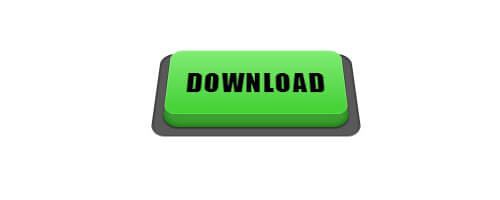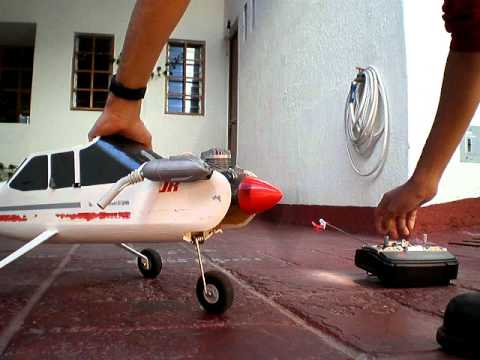
| RTF Contents : |
All the parts came individually wrapped and were well protected in the box. I found no damage and was impressed with the details and level of pre-assembly.
The wing comes ready to go with the aileron servo, flap servo, hinges, and linkage pre-installed.
Scale navigation lights are included in the wing and vertical stabilizer.
The control surfaces are hinged and ready to go. Some of the other parts include pre-assembled gear mains, nylon wing bolts, control rods, struts, an 8-1/4' prop, and plastic spinner.

The FlyZone Cessna 182 Skylane includes a 3-cell 1800mAh LiPo pack, smart balancing charger, and A/C and D/C adapters to charge just about anywhere! Note that the FlyZone charge/balance connector is ElectriFly/E-flite compatible. The 15-page manual is loaded with excellent photos, assembly steps, and instructions geared for creating a successful experience.
A closer look at the fuselage reveals the pre-installed motor and steerable nose wheel. Air cooling and strut mounts are both ready to go! The antenna wire is already run through a tube to the back of the plane. Tubes are also pre-installed for the rudder and elevator control rods and the tail navigation wire. Note that the receiver and servos are pre-installed also.
I tested the ElectriFly 3-Cell 11.1v LiPo Balancing Charger that came with the Cessna RTF package and found no issues. It is a simple plug-and-play solution that cannot be fooled. The charger is fed by either 12v DC power from the supplied AC wall adapter or the automobile cigarette/utility adapter. The LiPo pack charge connector is keyed so it can only be plugged in one way. The lights went both solid red and green when the battery was charging and only the red light remained on when it was finished.
After feeding the wires past the servos and out the bottom of the fuselage, the wing easily mounts using two retainer posts that turn 90 degrees to lock in position. The posts are then covered with hatches that simply snap into position.
After first installing eight AA-size batteries (not included) in the Tactic transmitter, you can center the aileron, elevator, and rudder trims. The throttle trim and throttle stick are both lowered all the way so the motor will not turn on.
